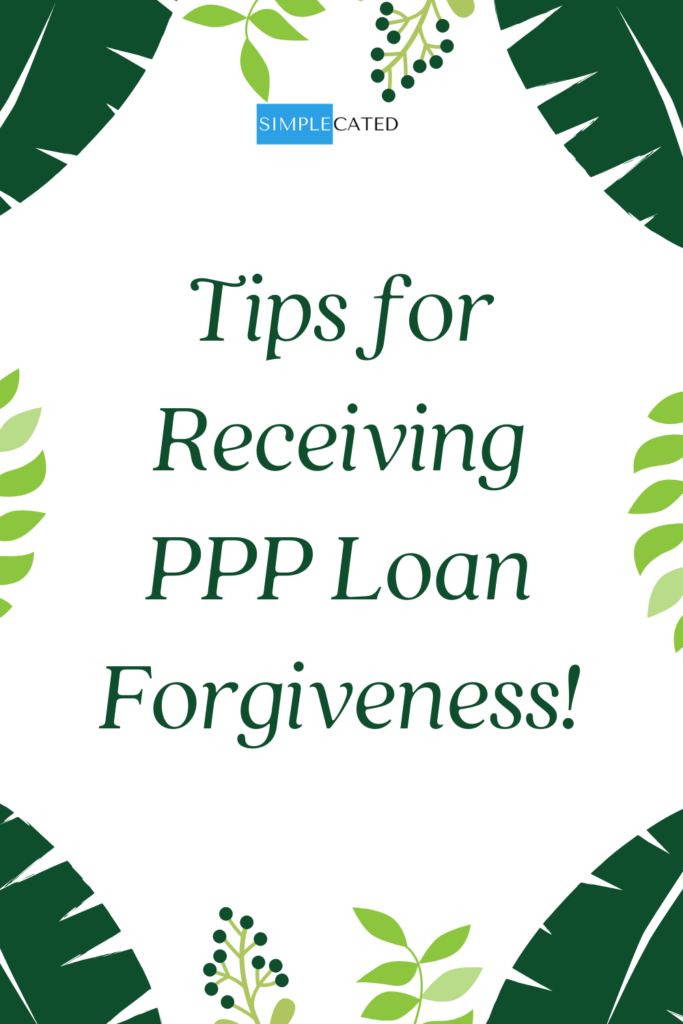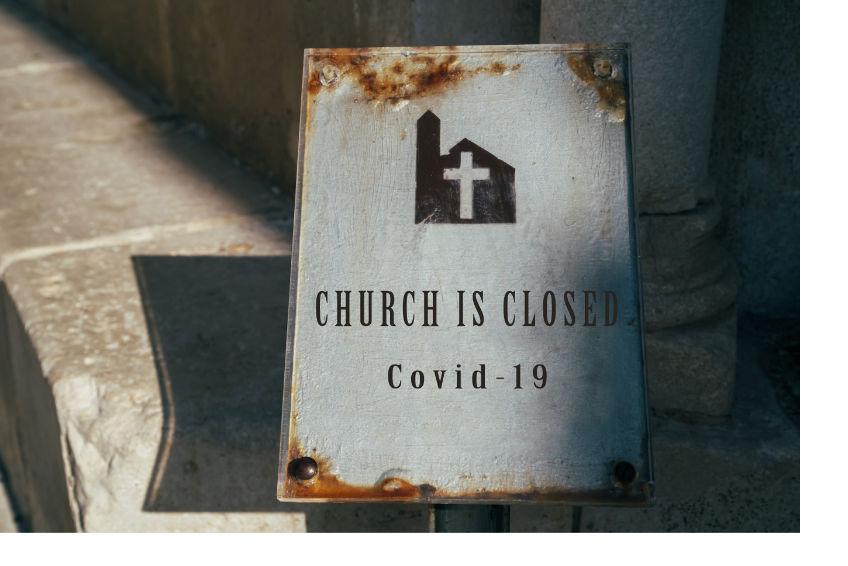The Payroll Protection Program (PPP) is an element of the CARES Act that provides assistance to small businesses with 500 or fewer employees to help them pay their employees during the COVID-19 pandemic. It provides a lot of helpful provisions, but certain aspects, such as only having 8 weeks to use the loan, have been creating a lot of difficulties for employers. In response, the Payroll Protection Program Flexibility Act (PPPFA) was passed by Congress and signed into law on June 5, 2020. These changes will make PPP loan forgiveness much easier to obtain for a lot of businesses.
The program was originally set to end on June 30, 2020, but is now scheduled to end on December 31, 2020. Here are the highlights of the PPP changes that will make it easier to have your loan forgiven:
24 weeks to use the loan
You now have 24 weeks (or until December 31, 2020) to use the loan instead of the original 8 weeks. So, based on when you received the loan, you have up to 24 weeks to use it. This should be helpful for small businesses that aren’t yet able to operate at full capacity.
60% for payroll costs
Only 60% of the funds must be used for payroll costs, rather than the original 75%. The definitions remain the same for payroll costs and other eligible expenses. So, at least 60% must be spent on payroll costs (which can also include benefits and state and local taxes). The remaining 40% then is available to spend on other eligible expenses, such as rent, utilities, and mortgage interest.
If you spend more than 60% on payroll costs, that’s fine. The rule is at least 60%.
Remember that you still can’t use use PPP money to provide leave under the Families First Act.
Rehire flexibility
You now have until December 31, 2020, to rehire your staff instead of the earlier deadline of June 30. So, you now have until the end of the year to get your staffing back to the number of full-time employees or full-time equivalents you used to qualify for the loan and get wages back to what they were.
You may find that you have have difficulty rehiring your employees, either because they decline to come back or the business isn’t yet operating at full capacity. Originally, the only allowance the PPP provided was if you could show in writing that you tried to rehire an employee who declined to return. With the PPPFA, there are 3 provisions that will help your loan still be forgivable, and you’ll need to be able to provide documentation.
- Inability to rehire the employee. If the employee declines to return, try to get the declination in writing. (This can be easier if your request to return is in writing such that the employee is responding to that.). However, if your conversation is via phone, document the conversation. Send the former employee an email with a recap of your conversation, outlining your request to return and that the employee declined. Even if the employee doesn’t respond, you’ve documented the conversation.
- Inability to hire “similarly qualified employees.” This is vague, but be able to show why you haven’t filled the position yet. Maybe the job is posted, but you haven’t received resumes from qualified applicants.
- Inability to “return to the same level of business activity” because of COV-19 requirements or guidance. If you are operating at a reduced capacity and don’t need as many staff, you could provide documentation to show why your staffing hasn’t returned to the same level.
How to maximize your PPP loan
- If your business isn’t yet fully operational, the additional flexibility to spread the loan out over a longer period of time could be helpful. You don’t necessarily have to pay your employees to sit at home. Keep in mind, though, that it’s important to take care of your employees. Furloughs, pay cuts, and layoffs are incredibly difficult and stressful for employees. Some workers have had a lot of difficulty receiving unemployment insurance and making ends meet. Be creative and try to find meaningful work for your employees to do. Remote work may be a great option for some, but there are also ways to find work for non-remote employees. If you don’t take care of your employees now, they might find other jobs, and you could find yourself without workers when you need them.
- Document, document document! Document how you spend the loan, and document your rehire efforts. You’ll work with your lender to apply for loan forgiveness, and the Small Business Administration (SBA) provides a copy of the form so you can be prepared for the documentation required.
- If you received your loan before June 5, 2020, you can choose either an 8-week period or a 24-week period. Consider what length will make it most likely for your loan to be forgiven. If you’re having trouble meeting the guidelines in the original 8 weeks, then consider selecting 24 weeks.
When can you apply for forgiveness?
The SBA released guidance on June 22, 2020, about whether businesses can apply for forgiveness early before their covered period ends. The main thing you should consider is whether you’ve restored your staffing and wages. The PPP only allows you to reduce wages by up to 25%. If you meet that criteria and the other requirements of the loan, you have the ability to apply early for loan forgiveness.
If you have reduced wages by more than 25%, however, you may want to hold off. Remember, you have until December 31, 2020, to restore staffing and wages. If you apply early, you will be responsible for the excess reduction for your entire covered period, so you won’t receive full loan forgiveness. By applying early, it will no longer matter whether you make additional restorations by the end of the year. The forgiveness decision will be based on what you’ve done thus far.
For example, say you have a 24-week covered period. You’ve used all of your loan for eligible expenses after 12 weeks, so you go ahead and apply for forgiveness even though you’ve reduced wages by 50%. You’ll be responsible for the excess reduction for your entire 24-week period. A better route would be to wait until the end of the year and try to restore staffing and wages by then. If you aren’t able to, you’ll be in a better position to demonstrate that the above rehire provisions of the PPPFA apply to you.
Here’s a Tip Sheet!
This can be a lot to remember, so click here for a Tip Sheet for Full PPP Loan Forgiveness. This helpful one-page guide will remind you of all the important aspects of the PPP and PPPFA. Note that this isn’t intended as financial advice, so you’ll need to work with your lender regarding your specific loan. By keeping these tips in mind, you’ll be able to successfully navigate the PPP and PPPFA and maximize your ability to receive full PPP loan forgiveness.
Photo credit: By Kenishirotie / Canva





